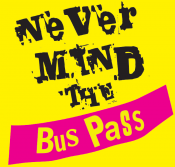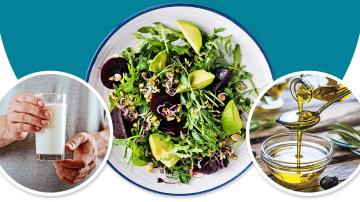Magnificent 7… of the best exercises you can ever do

If you’re not an athlete or serious exerciser — and you want to work out for your health or to fit in your clothes better — the gym scene can be intimidating and overwhelming. What are the best exercises for me? How will I find the time?
Walking by treadmills, stationary bikes, and weight machines can be enough to make you want to head straight back home to the settee
Yet some of the best physical activities for your body don’t require the gym or ask you to get fit enough to run a marathon. These “workouts” can do wonders for your health. They’ll help keep your weight under control, improve your balance and range of motion, strengthen your bones, protect your joints, prevent bladder control problems, and even ward off memory loss
No matter your age or fitness level, these activities are some of the best exercises you can do and will help you get in shape and lower your risk for disease
Swimming
You might call swimming the ultimate workout. The buoyancy of the water cradles your body, relieving painful joints and allowing you to move with grace and ease. “Swimming is a game-changer for individuals with arthritis because it’s less weight-bearing,” explains Dr. I-Min Lee, professor of medicine at Harvard Medical School. Research has found that swimming can also improve your mental state and put you in a better mood. Water aerobics is another option. These classes help you burn calories and tone up
Tai chi
This Chinese martial art that combines movement and relaxation is good for both body and mind. In fact, it’s been called “meditation in motion.” Tai chi is made up of a series of graceful movements, one transitioning smoothly into the next. The best part? Because the classes are offered at various levels, tai chi is accessible — and valuable — for people of all ages and fitness levels. “It’s particularly good for older people because balance is an important component of fitness, and balance is something we lose as we get older,” Dr. Lee says.
Take a class to help you get started and learn the proper form. Tai chi programs are available at your local YMCA, health club, community centre, or senior centre
Plank
While it may seem deceptively simple, the plank is an incredibly effective exercise for strengthening the core muscles and improving overall stability. Holding a plank position engages not only the rectus abdominis (six-pack muscles) but also the deeper core muscles, including the transverse abdominis and obliques. Additionally, planks help develop shoulder and hip strength and enhance posture. Begin with short holds, focusing on maintaining proper form with a neutral spine. Gradually increase the duration as your core strength improves, aiming for longer holds or experimenting with challenging variations like side planks or plank with leg lifts
Strength training
If you believe strength training is a macho, brawny activity, think again. Lifting light weights won’t bulk up your muscles, but it will keep them strong. “If you don’t use muscles, they will lose their strength over time,” Dr. Lee says
Muscle also helps burn calories. “The more muscle you have, the more calories you burn, so it’s easier to maintain your weight,” says Dr. Lee. Like other exercises, strength training may also help preserve brain function in later years
Before starting a weight training program, be sure to learn the proper form. Start light, with just one or two pounds. You should be able to lift the weights 10 times with ease. After a couple of weeks, increase that by a pound or two. If you can lift the weights through the entire range of motion more than 12 times, move up to a slightly heavier weight
Walking
Walking is simple yet powerful. It can help you stay trim, improve cholesterol levels, strengthen bones, keep blood pressure in check, lift your mood, and lower your risk for several diseases (diabetes and heart disease, for example). Several studies have shown that walking and other physical activities can improve memory and resist age-related memory loss
All you need is a well-fitting and supportive pair of shoes. Start with walking for about 10 to 15 minutes at a time. Over time, you can start to walk farther and faster until you’re walking for 30 to 60 minutes on most days of the week
Push-Up
Don’t underestimate the power of this simple yet effective bodyweight exercise. Push-ups primarily target the chest, shoulders, and triceps while engaging the core for stability. They also improve shoulder health and mobility. Whether you’re a beginner or advanced athlete, push-ups can be modified to suit your fitness level. Start with incline push-ups or knee push-ups if you’re new to the exercise, gradually progressing to standard push-ups and eventually challenging variations like diamond push-ups or one-arm push-ups
Kegel exercises
These exercises won’t help you look better, but they do something just as important — strengthen the pelvic floor muscles that support the bladder. Strong pelvic floor muscles can go a long way toward preventing incontinence. While many women are familiar with Kegels, these exercises can benefit men too
To do a Kegel exercise correctly, squeeze the muscles you would use to prevent yourself from passing urine or gas. Hold the contraction for two or three seconds, then release. Make sure to relax your pelvic floor muscles after the contraction completely. Repeat 10 times. Try to do four to five sets a day
Many things we do for fun (and work) count as exercise. Raking the yard counts as physical activity. Ballroom dancing and playing with your kids or grandkids are also included. As long as you’re doing some form of aerobic exercise for at least 30 minutes a day, and you include two days of strength training a week, you can consider yourself an “active” person.
Leave a reply
You must be logged in to post a comment.







